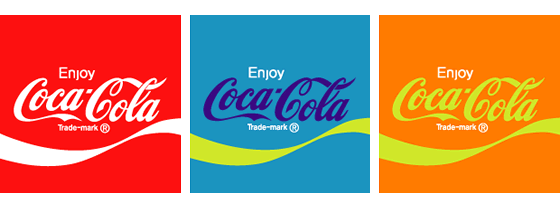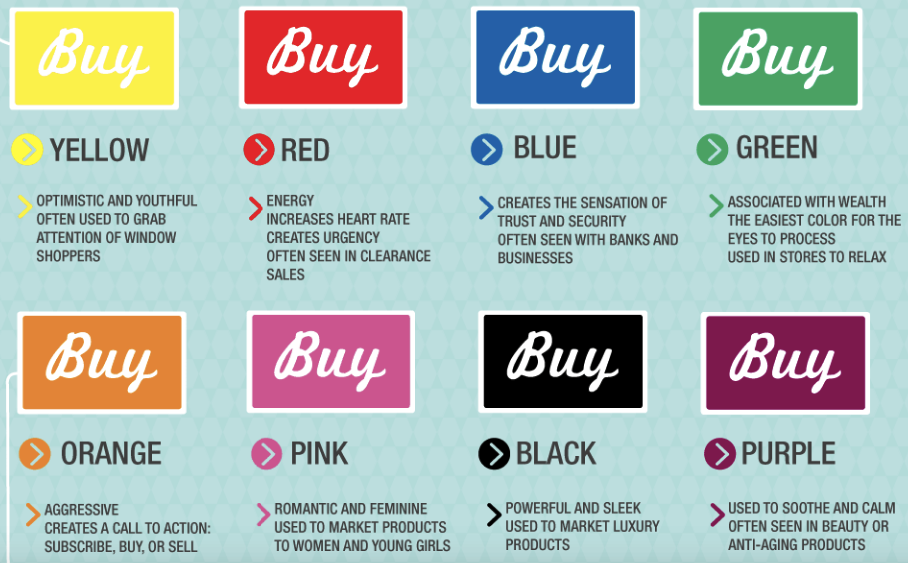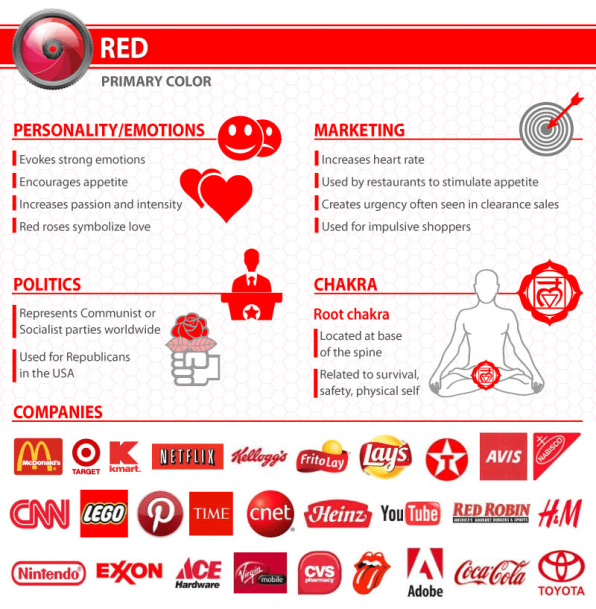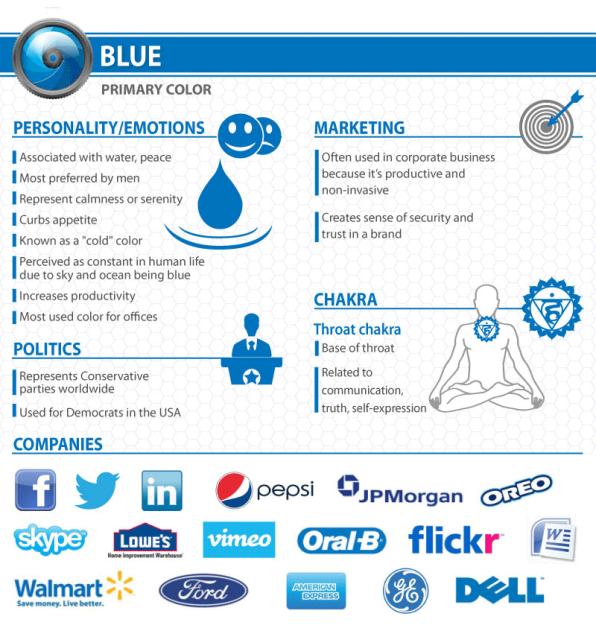Source: Neil Patel Did you know that 85 percent of shoppers base their product purchasing decisions on color? It’s true. At first I found that sta

Did you know that 85 percent of shoppers base their product purchasing decisions on color?
It’s true.

At first I found that stat to be amazing.
But after considering just how visually-driven we are as humans, it made total sense.
Visual stimuli guides nearly everything we do.
So why would it be any different when it comes to buying?
And just think about some of the world’s biggest brands.
Most tend to have a distinct color scheme associated with their brand identity.
For McDonald’s it’s red and yellow.

For Dell it’s blue.

And so on.
Color and branding
As we all know, establishing a solid brand identity is vitally important.
It’s a key ingredient in building trust, making consumers feel comfortable and creating long-term brand advocates.
And what’s an integral part of a brand?

Its logo.
The color scheme that a company chooses for its logo is forever entwined with its brand identity.
According to research, “Color increases brand recognition by 80 percent.”

So I think it’s fair to say that color scheme is pretty important.
There’s something else to keep in mind. Brand color has a correlation with brand value.
Sure, there’s some cause/effect tradeoff, but take a look at these stats:

Valuable brands care about their colors. A lot!
If you were to go and mess with the colors of an existing brand, it would completely change how that brand is perceived.
Take a look at these examples from TheLogoFactory.com




You can instantly spot the artificial logos, and you feel something different surrounding that brand!
Website color scheme

Just like it’s crucial to choose the right color for your brand logo, it’s equally as crucial to choose the right color scheme for your website.
You don’t want to pick your color scheme at random or base it on “whatever looks cool” to you.
Of course you want awesome aesthetics and to “make it pop,” but color scheme is something that you want to give plenty of thought to.
Why?
“People make a subconscious judgment about an environment or product within 90 seconds of initial viewing. Between 62 and 90 percent of that assessment is based on color alone.”
If you choose the right color scheme that’s naturally geared toward your demographic, you’ve already won half of the battle.
I would now like to offer 12 essential tips on how to pick the perfect website color scheme based on research and my own personal experience.
1. Understand how color affects emotion
The first thing I recommend is familiarizing yourself with how color affects humans on an emotional level.
Here’s a breakdown of how various CTA button colors affect shoppers in North America.

Note that the impact of color can vary depending on geographical location.
For instance, a color that appeals to American shoppers may not necessarily appeal to Indian shoppers.
I also came across the Color Emotion Guide that explains the emotions we associate with colors and provides some examples of brands that use each color.

I suggest spending some time looking at these examples and thinking about the psychological implications of the various colors.
2. Consider your overall demographic

Now I’d like you to think about your target demographic.
Who is it you’re trying to reach and sell to?
What types of emotions are you trying to arouse?
These are extremely important questions to ask yourself.
I recommend checking out this information from Fast Company that explains the emotions and psychology behind common colors.






Consider the personality and emotions of your target audience.
Then choose the best color to serve as the primary color for your website color scheme.
For example, if you’re an organic food company, your best bet would probably be green because it’s associated with nature and health.
3. Consider gender

Although this won’t apply to everyone, some companies mostly cater to a specific gender.
If you’re one of these companies, you’ll want to know what are men’s and women’s favorite and least favorite colors.
Research from Joe Hallock’s Colour Assignments found that on average…

COMMENTS